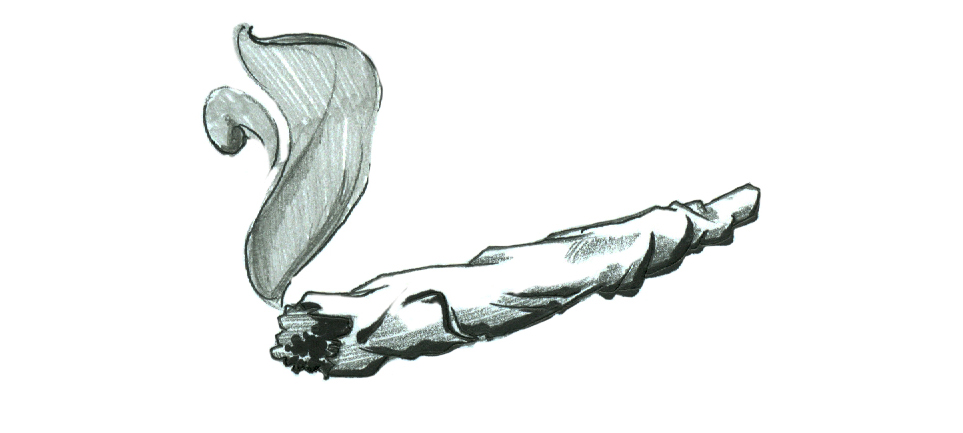I have been involved in the veterinary field for several years and one thing that does not make sense to me is cosmetic procedures on animals. These procedures are not necessary for health or wellbeing as they merely alter the appearance of the pet, such as ear cropping or tail docking.
These cosmetic procedures are banned in several countries, including
Australia and New Zealand, as there is no medical basis for these procedures
and performing them negatively impacts the welfare of the pet.
The docking of a dog’s tail is performed between two and five days old
and is done without anesthesia, as it is too risky to fully sedate at this age.
The puppy is fully awake as the tail is removed, and while a local analgesic is
placed, the puppy is still able to feel the removal.
While puppies are sedated for ear cropping, as this is done between twelve
and sixteen weeks old, the recovery is arduous both for the puppy and the
owners.
The American Veterinary Medical Association and the American Animal
Hospital Association oppose these cosmetic procedures due to the absence of medical necessity and the risks associated with performing.
Beyond the medical critique of these procedures, I am baffled by owners who desire these procedures, specifically ear cropping. Due to it being a surgical procedure, the cost of the initial surgery is often in the thousands, while the additional appointments accumulate to costing an additional several hundred dollars.
The recovery is a long process with the dog remaining in an Elizabethan
collar (i.e. ‘cone of shame’) for several weeks or months to protect the ears as
they heal and are trained to stand.
While healing, the dog must have the ears manipulated and taped into the correct conformation every three to five days, with the hope that the ears will heal in a way that allows the dog to make the ears stand.
The combination of wearing the Elizabethan collar, frequent vet visits, and
constant bandage changes is stressful on the pet. Despite all of these efforts,
there is no guarantee that the procedure will be successful and that the ears will heal in a way that lets them stand or that the dog will flex the muscle necessary to have the standing ears.
Personally, I find it silly to spend money on a cosmetic procedure that
may not work, introduces risk and stress to my pet, and is opposed by several veterinary associations.
Caroline Tryfiates is a senior chemistry major with minors in biology and
art. She is an aspiring veterinarian.
BY CAROLINE TRYFIATES
cgtryfiates@vwu.edu
Image Courtesy of Kathleen Vanden Berg | Marlin Chronicle

